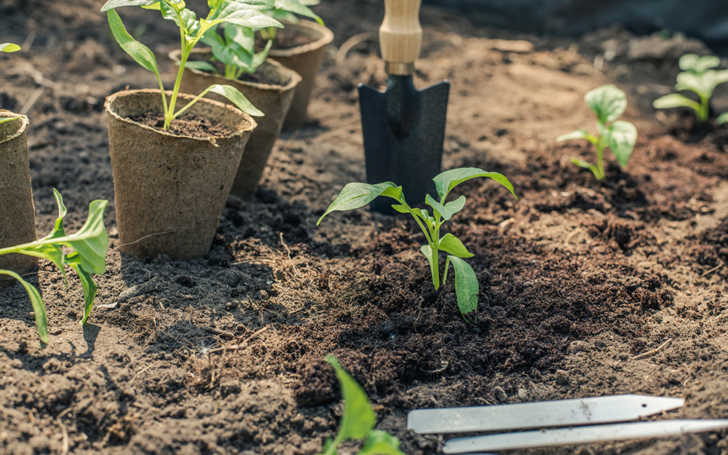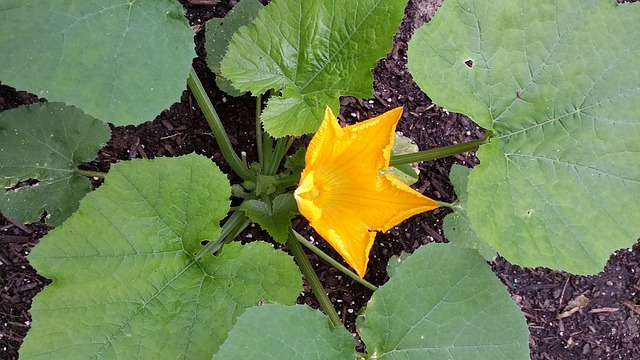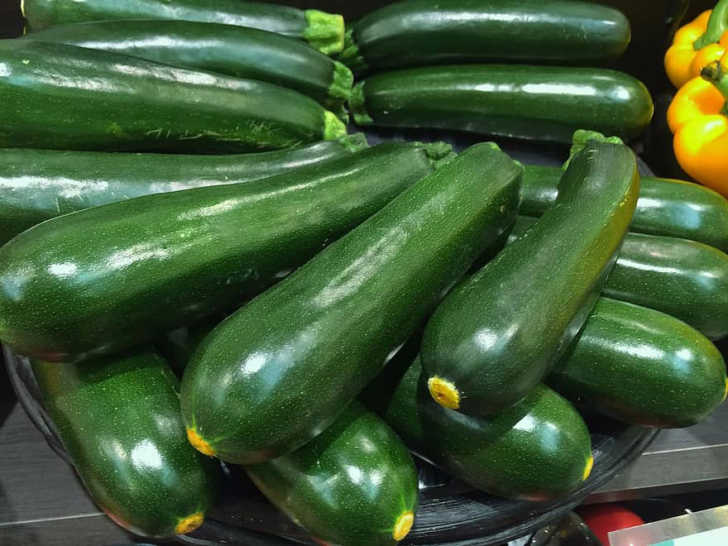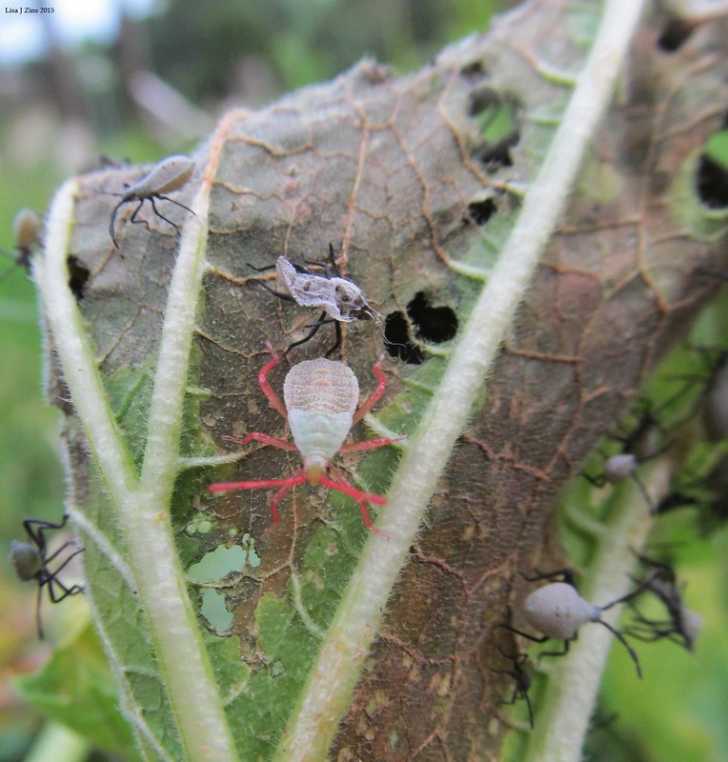Zucchinis are a beloved and versatile summer veggie. Technically, zucchinis are considered a fruit, but I think we can all agree they fall under the “might as well be a veggie” category, much like tomatoes.
Aside from being delicious in casseroles, fritters, or bread, zucchinis are also packed with nutrients. Some health benefits you might not know about include helping with digestion, improving heart health, and strengthening your vision. For a full list of health benefits, check out this list.
Now that we know some basics about zucchini, let’s unearth some secrets to a successful crop!
Plant at the Right Time

These plants do not tolerate cold weather. One of the biggest mistakes you could make is to start your zucchini crop too early! You might be able to salvage some of the fruit, but they will have pitted skin and other undesirable qualities.
Wait until at least mid-spring, though probably later depending on your region. You’ll want to make sure the temperature doesn’t get below 60°, and if it does, quickly cover your crops to protect them!
Plant on Hills

The concept of “hills” in gardening actually refers to planting in groups or clusters. Some plants require space to root and spread out, while others benefit from close proximity, like zucchini. According to The Spruce, this is “because its flowers need to be pollinated multiple times to form a viable fruit, and each flower is only open for one day.”
I don’t think I need to go over the importance of pollination, but suffice it to say, poor pollination means a poor or dead crop. With your zucchini plants so close together, the chances of multiple flowers being open on the same day are greatly increased, which means your crop will be nice and healthy!
Succession Planting

If you’ve ever worked with zucchini before, then you know these plants are fast growers! There tends to be an initial burst of fruit to harvest and then it tapers off considerably. If you’re wanting more of this summer squash, consider succession planting.
Succession planting is a way to prolong your harvest by staggering the start dates of your crops. As we’ve already covered, the earliest you should plant your zucchini is around mid-April or early May. You can plant a second crop in July, and some people even plant a third crop in August. Read more about succession planting here!
Beware of Squash Bugs

Squash vine borers love to destroy your zucchini from the inside out. The adults emerge from their winter hideout around mid-June/early July, and lay their eggs at the base of squash plants. When the eggs hatch, the larvae burrow into the stems of the plants and start to feed. This cuts off the flow of water through the stems, thus killing your crop.
There are several ways to get rid of squash bugs, including waiting until mid-July to plant your crop (after the squash bugs lay their eggs) or spraying your plants with water and a few drops of dish soap. My favorite way to deal with these pests is to cover the base of the stem with aluminum foil. You only need to cover 2-4 inches to prevent the larvae from getting to your crop.













